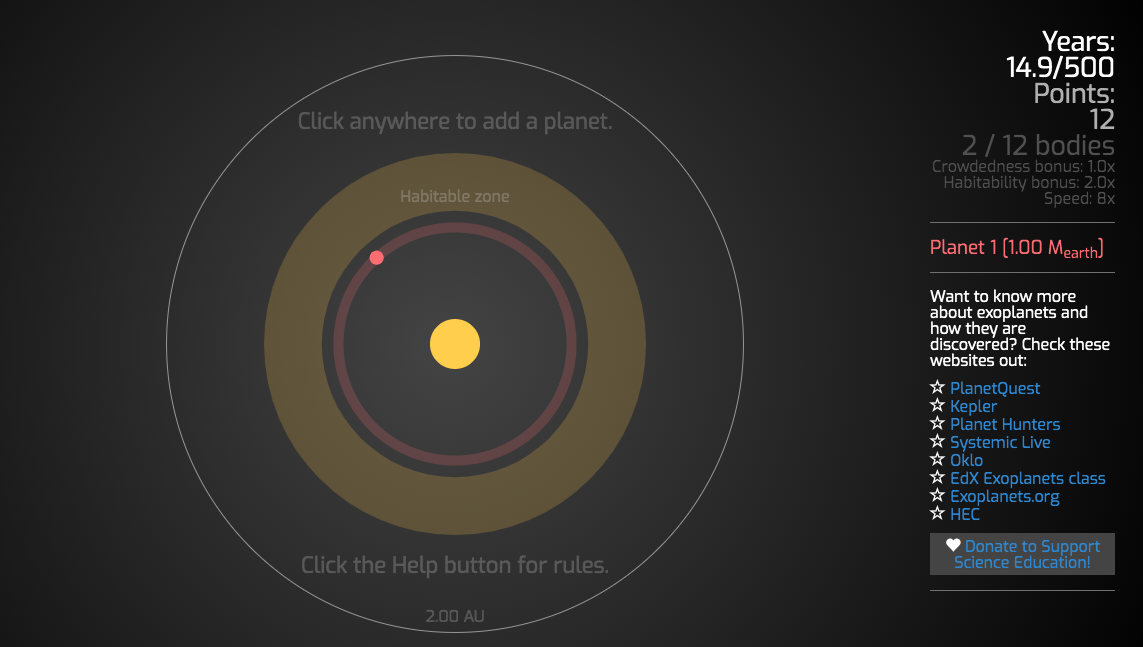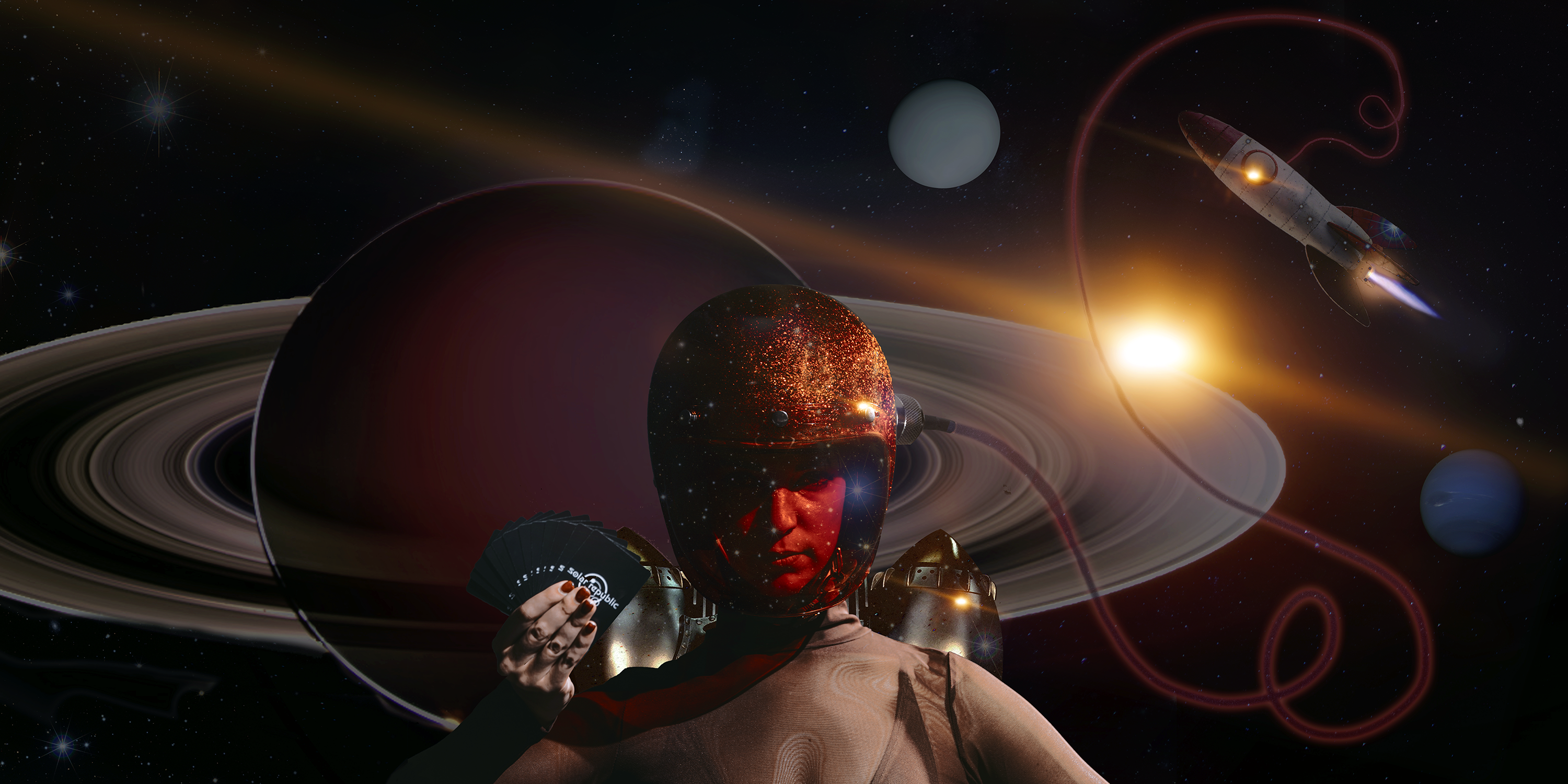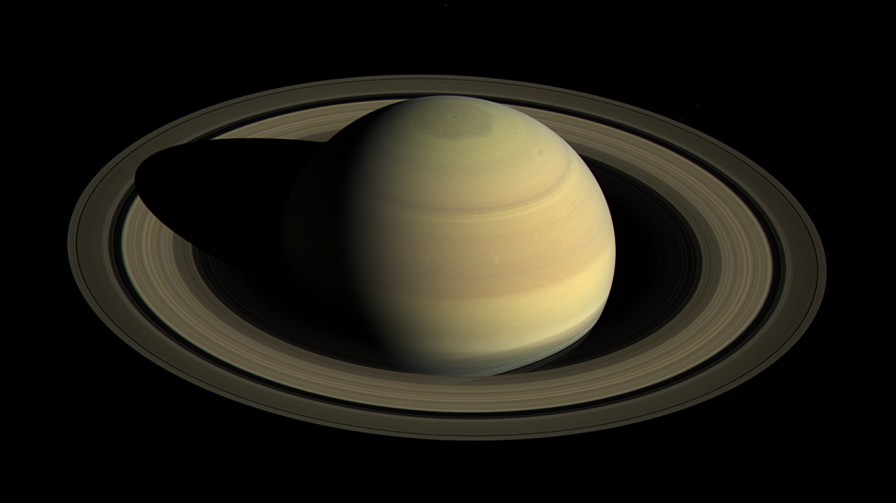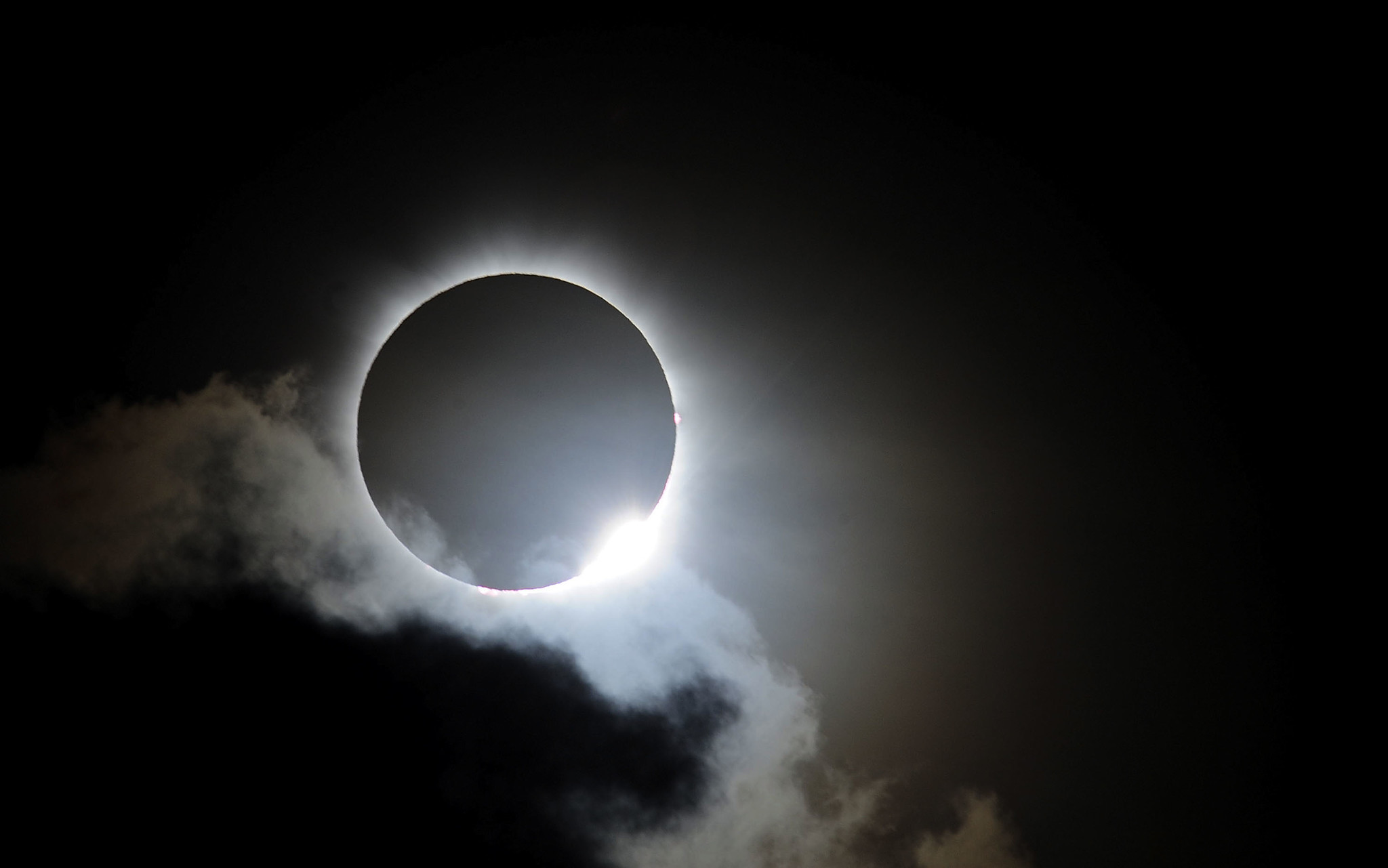Super Planet Crash – The Ultimate Space Game
Have you ever wondered how different masses in space interact with each other gravitationally and how stable solar systems form? Then you will want to check out the game Super Planet Crash. Super Planet Crash is a browser-based gravity game that originated from an open-source program used by astronomers to detect planets outside of our Solar System born out of the work of Yale Professor of Astronomy, Greg Laughlin and Stefano Meschairi at UC Santa Cruz. This fun and addictive game lets users create their planetary systems utilizing several different astronomical bodies, including Earth-like masses, Super-Earths, Ice Giants, Giant Planets, Brown Dwarfs, and Dwarf Stars. How To Play Super Planet Crash At the game's opening, players are given a single Earth-like mass that has been assigned an arbitrary orbit around a central parent star. The challenge is for players to create their solar system by continuing to add additional masses within a…







